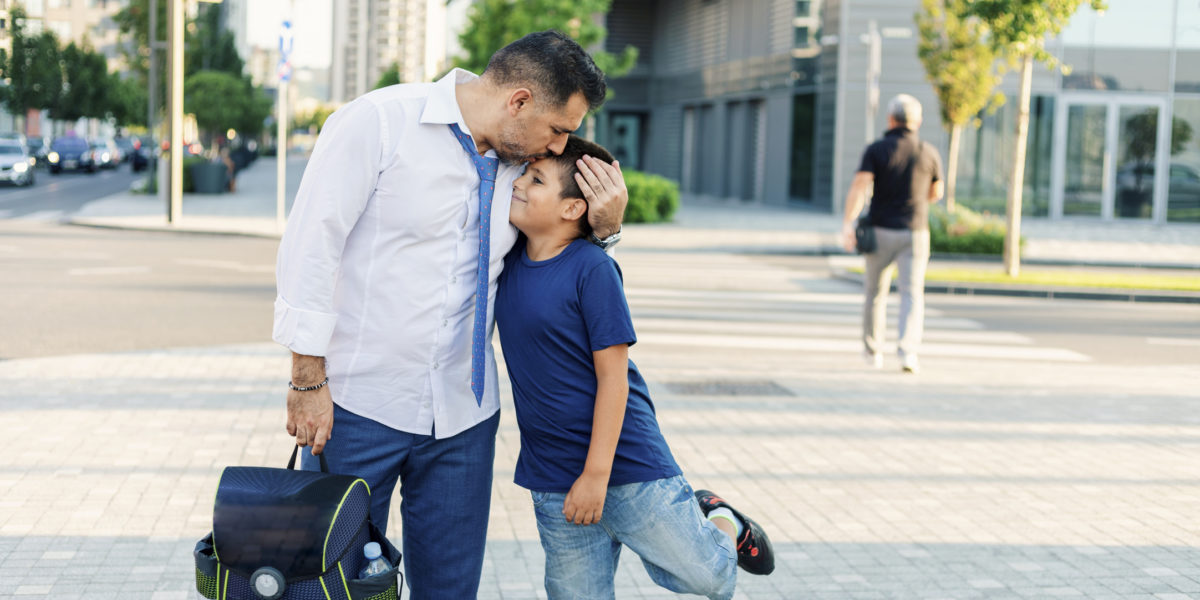High profile acts of violence, particularly in schools, can confuse and frighten children who may feel in danger or worry that their friends or loved ones are at risk. They will look to adults for information and guidance on how to react.
Here are some guidelines to help children deal with exposure to violence or violent issues.
- Give children a way to express themselves. Make time so that conversations can be unhurried and relaxed. Do not begin a conversation when your child is upset or highly emotional about an issue. Discussions can take place while walking home from school, at the dinner table or at bedtime. Let them know that you are open to talking to them by being interested in what happens in their lives.
- Build your conversation around their questions and what they know about an issue or event, not around what you know. Children do not understand violence in the same way that adults do.
- Reassure your children that they are safe. Children often think the same scary thing will happen in their town or school or to themselves.
- Give your children an opportunity to learn from what scares them. Bring up an example of how they or someone else solved a conflict without using violence.
- Support children’s efforts to work out scary news through play, drawing or other activities.
As a self-protection measure, your child may react in ways that concern you. Don’t be alarmed by common reactions to violence, such as:
- Having a seemingly uncaring attitude. A child may believe that someone was “stupid” for getting hurt.
- A morbid fascination with a violent event. For example, a child may want to continually talk about something violent or gruesome and ask parents detailed questions.
- Playing in morbid or violent ways, such as pounding an action figure on the floor. This behavior is a way that children work out issues. It is not a sign that they have violent tendencies.
Your child may seem anxious about everyday occurrences.
- School-age children usually are still dealing with a number of fears that first developed during their early childhood, such as fear of ghosts, of the dark or even of dying. Every child’s fears are different. Parents may not even recognize that some behaviors are based on fears (for example, when a child refuses to eat a food that is touching another food on the plate).
- Children this age try to deal with, minimize or possibly eliminate these fears. They battle fears by playing good-guy, bad-guy superheroes, by watching scary movies and by acting tough and fearless. They may become fascinated by what they are afraid of and try to overcome their fear by becoming experts on the subject. For this reason, some children respond positively to detailed information about subjects that scare them.
- Other children may seek greater control over situations in response to fear. They may enjoy fantasy shows and books where the characters are extremely brave, smart and clever or who have unusual powers. For example, they may be attracted to shows and books that feature superheroes.
Usually children need more than assurance from their parents to overcome a fear. Over time, most children accept the truth and let go of their fears.



